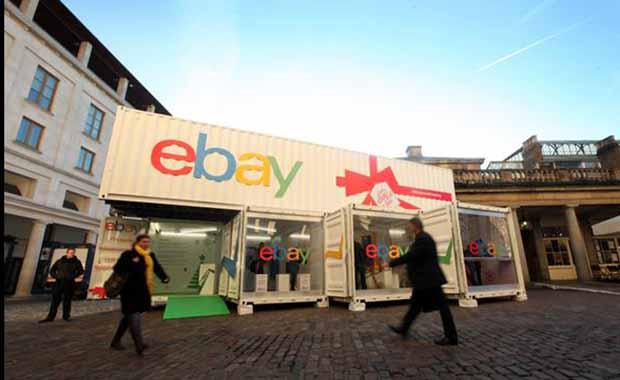Changing Retail Landscape: The Permanent Pop-Up Shop

Major shopping centre owners, online stores, start-ups and long established businesses are driving a flourishing new business in pop-up retail in Australia following the massive rise in the now multi-billion dollar industries in the US and UK, according to
The stores which have traditionally literally popped up from time to time, mostly in malls or enclosed centres, for very short periods as a marketing tool, are now much more commonplace over longer periods as both retailers and landlords reap the benefits.
According to Savills National Head of Research, Tony Crabb, temporary pop-up shops have now, paradoxically, become a permanent feature of the Australian retail landscape.
“The traditional pop-up has been literally just that, a store that pops-up in a temporary space within a shopping mall for a few days or weeks at most and then disappears.
“In its most recent manifestation pop-ups are now appearing in permanent spaces for up to six months or more,” he said.
According to Mr Crabb part of the pop-up phenomenon is being driven by retailers – by online businesses wanting a face to face outlet, by start-ups testing the market and by established businesses testing a new product.
“It is also partly driven by landlords looking to fill vacant spaces within their centres,’’ Mr Crabb said.

Etsy pop-up shop[/caption]
Trend set to grow
Mr Crabb said the trend was in its relative infancy in Australia but had really taken off in the UK and the US where retailers had taken the pop-up concept to a new level driven by the global downturn with retailers seeking innovative solutions to a sustained decline in sales revenue.
While pop-up store numbers across Australia had risen significantly, according to Savills retail operatives across all states, stores in the UK and US markets numbered in their thousands.
According to UK research conducted by the Centre for Economics and Business Research (CEBR) and digital communications company, EE, more than 23,000 people work in nearly 10,000 pop-up stores across the country contributing 2.6 billion euros to the British economy each year.
The research predicted the pop-up industry would grow by 8.4 percent in the next twelve months or 2.5 times as fast as the traditional retail market.
“What we are seeing in Australia is also a response to market conditions where the pop-up concept has been taken to the next stage - including the use of permanent spaces and longer leasing terms – a status which has redefined the concept and given it a much more significant stake in the retail market,’’ Mr Crabb said.

eBay pop up shop[/caption]
Savills National Director Retail, Chris Ireland,
said it had become increasingly common for major landlords to install pop-up retailers into their enclosed centres and place them within vacant permanent spaces.
“In a similar way to what we are seeing overseas, landlords are utilising the pop-up concept to experiment, if you like, with new products that both offer short term income to fill an unsightly vacancy with the potential to sign a long term lease should the retailer’s offering strike a chord with the local shoppers,’’ Mr Ireland said.
He said leading retail landlords such as Westfield, GPT
and Lend Lease, had began using pop-ups as a strategy to deal with vacant spaces, while online brands such as Groupon and Dell, and established bricks and mortar retailers such as Specsavers, among others, were also utilising the concept as a key marketing strategy.
According to Westfield the retailer, Baby Boxes’ pop-up presence had increased online visits by 40 percent.
Feature image via SMH













